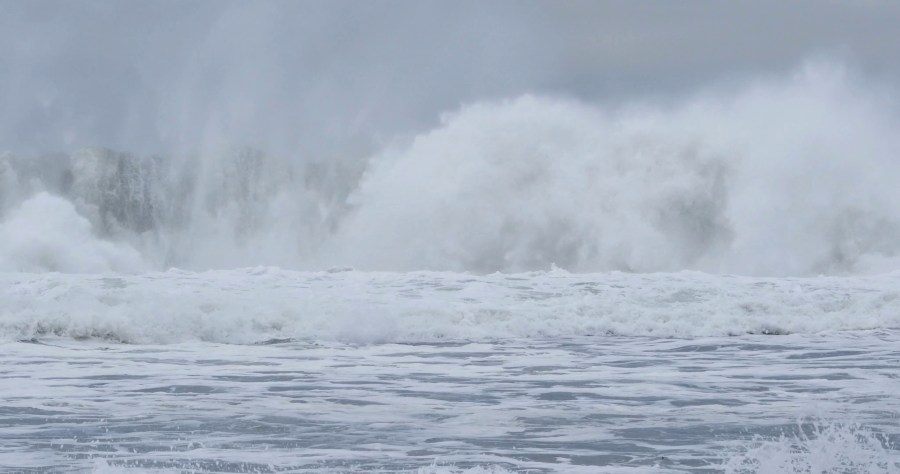HONOLULU (KHON2) — Hawaiʻi’s tsunami evacuation zones are color-coded to guide responses based on the severity of tsunami threats:
Red Zones (Tsunami Evacuation Zone, TEZ) are the area that need to evacuate immediately during most tsunami warnings.
Yellow Zones (Extreme Tsunami Evacuation Zone, XTEZ) mean you will need to evacuate only during rare, extreme events, like a distant magnitude 9+ earthquake.
Green Zones are considered safe; so, no evacuation is typically needed.
Find Your Zone: Visit the official Tsunami Map Viewer to check your address and download county-specific maps.
Oʻahu
Red zones include most coastal areas from Waikīkī to Pearl Harbor, Kailua to Makapuʻu and Windward coastlines like Laʻie, Kahuku, and Makaha.
Yellow zones extend farther inland for worst-case events.
Kauaʻi
Red zones cover coastal areas from Kailīu Point to Kalihiwai Bay, Wailua to Kamilo Point, Poʻipū, and Waimea to Barking Sands.
Yellow zones apply to key coastal communities for extreme events.
Maui County (Maui, Molokaʻi, Lānaʻi)
Maui’s red zones include Kihei, Hāna, and Lāhainā.
Molokaʻi’s evacuation areas include Kaunakakai, Kalaupapa, and Papohaku Beach.
Lānaʻi includes Manele Bay and Kaumalapau Harbor.
Yellow zones apply primarily in Maui’s vulnerable coastal zones.
Hawaiʻi Island
Red zones span the Hilo Bay area, Kealakekua and Punaluu. Evacuate to high ground or upper floors in reinforced buildings during strong events.
Yellow zones are in place for extremely rare, large-scale tsunamis.
Safety tips
Always evacuate red zones during any tsunami warning. During extreme warnings (e.g., Aleutian quake), evacuate both red and yellow zones. Avoid rivers and harbors and use vertical evacuation in dense urban zones when escape is difficult.
